Vertical Artificial Intelligence agents: purpose-built tools for industry workflows

Vertical Artificial Intelligence agents are tailored to specific industries, delivering faster deployment, higher accuracy, and immediate value. The article outlines benefits, cross-industry use cases, and how Creatio embeds a financial services agent into end-to-end workflows.
Meta draws a line on EU artificial intelligence rules, signaling a rift in tech oversight

Meta declined to sign the European Union’s voluntary code of practice for general-purpose Artificial Intelligence, arguing it overreaches the forthcoming Artificial Intelligence Act. The move underscores widening tensions over how far Brussels should go to govern frontier models.
As Artificial Intelligence agents go mainstream, companies lean into confidential computing for data security

Enterprises are embracing confidential computing to secure models, data, and agent workflows as Artificial Intelligence deployments expand. Big tech firms are rolling out hardware-backed protections, but experts warn the approach still faces reliability and vulnerability challenges.
A blueprint for implementing RAG at scale
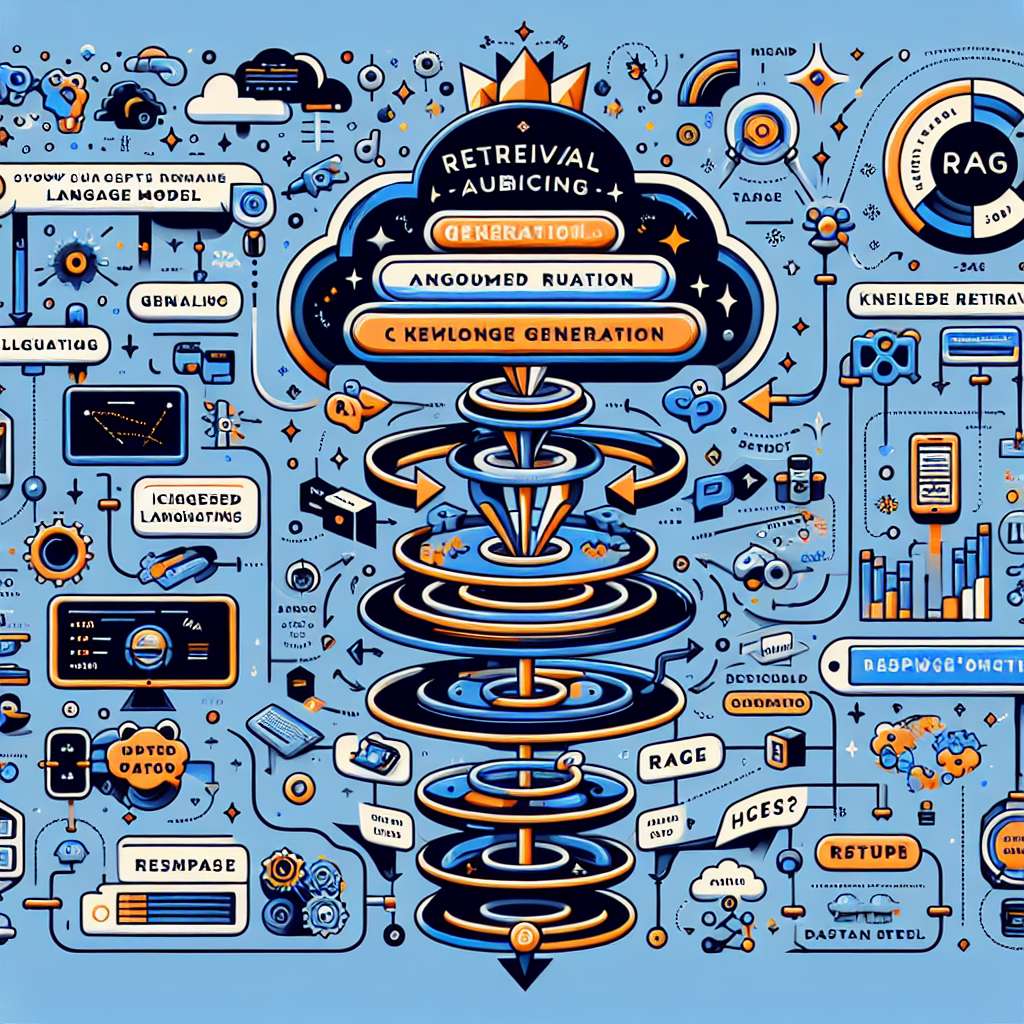
Retrieval-augmented generation is positioned as essential for most large language model applications because it injects company-specific knowledge into responses. For organizations rolling out generative Artificial Intelligence, the approach promises higher accuracy and fewer hallucinations.
How artificial intelligence will accelerate biomedical research and discovery

A Microsoft Research Podcast episode brings together Daphne Koller, Noubar Afeyan, and Eric Topol to examine how artificial intelligence is reshaping biomedicine, from target discovery and autonomous labs to the pursuit of a virtual cell. The discussion charts rapid progress since GPT-4 and what it means for patients, researchers, and regulators.
The future of work: economic implications of generative Artificial Intelligence in service industries
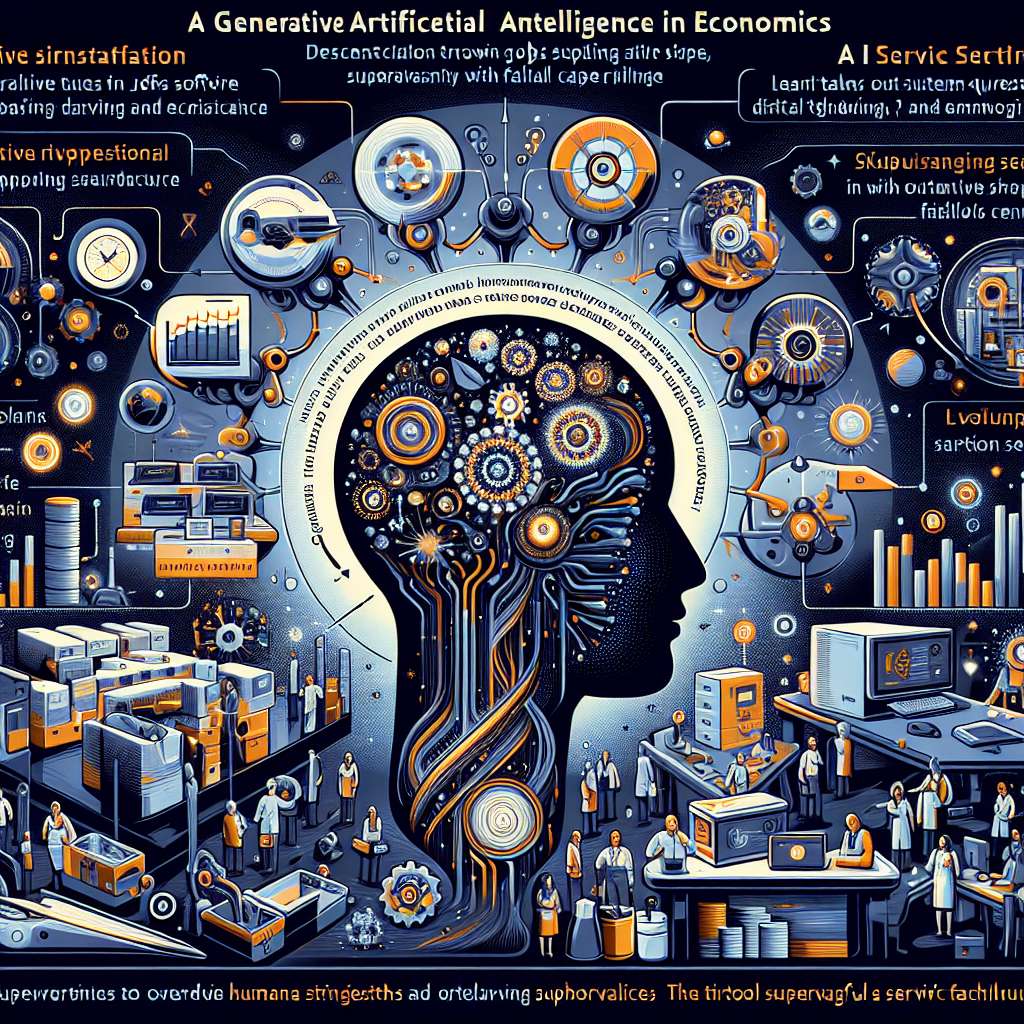
Generative Artificial Intelligence is reshaping service industries by cutting costs, boosting efficiency, and redefining roles. The winners will be organizations that pair always-on systems with human judgment, oversight, and adaptable skills.
Intern-S1 is an open-source multimodal reasoning model for science and general tasks
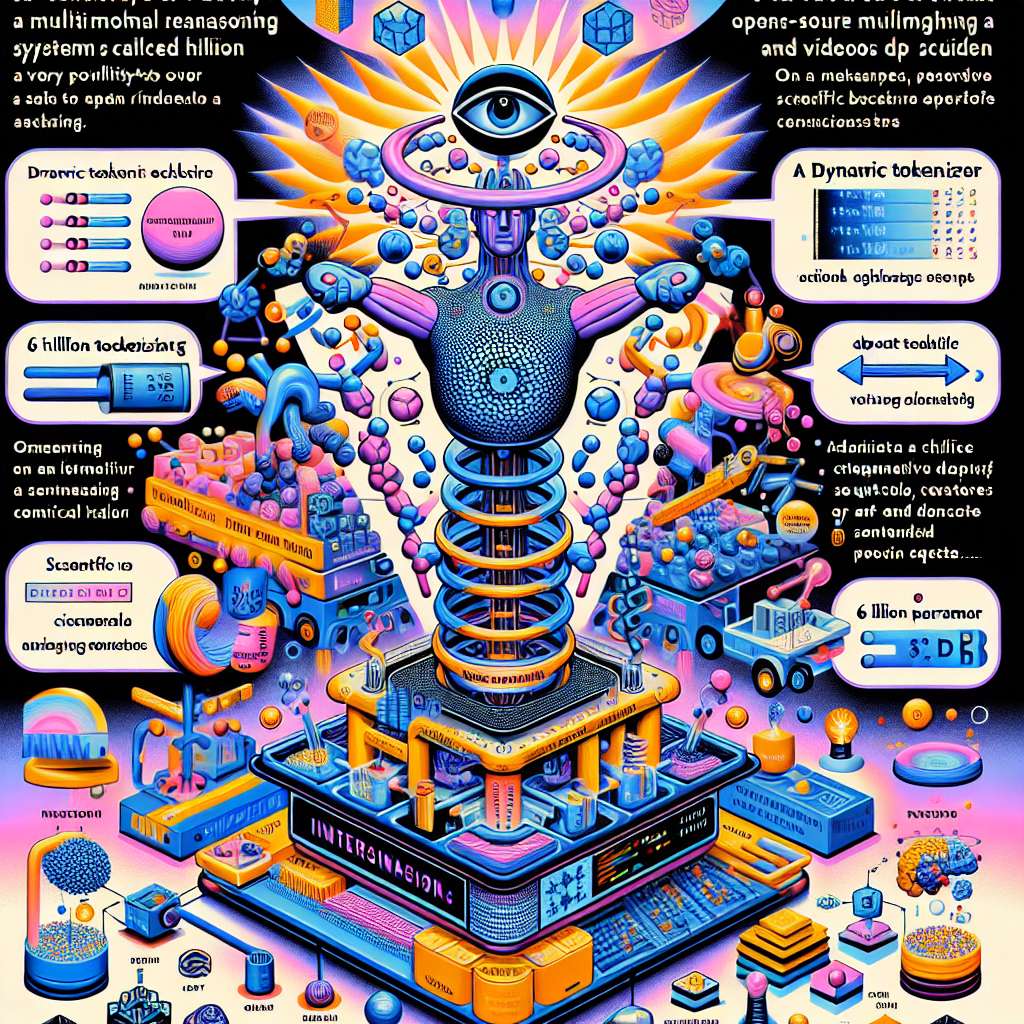
InternLM’s Intern-S1 brings open-source multimodal reasoning to scientific and general domains, pairing a 235B MoE language model with a 6B vision encoder and extensive scientific pretraining. It posts leading results across science-heavy and vision-language benchmarks and offers practical deployment paths.
Qwen unleashed: this week’s breakthrough artificial intelligence models
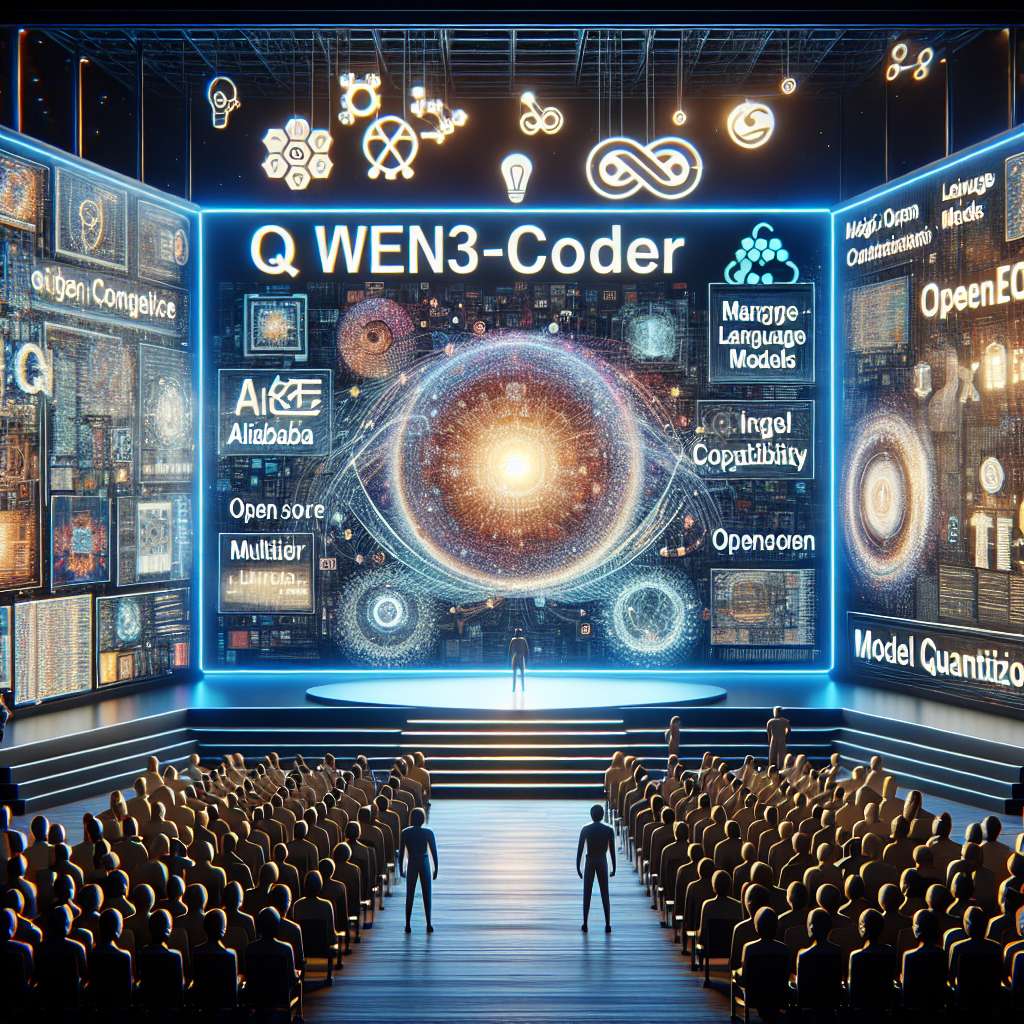
Alibaba’s Qwen team rolled out new open-source models for coding, instruction following, and translation, paired with FP8 quantization and Apache 2.0 licensing. The roundup also spotlights notable artificial intelligence research and industry moves.
Artificial intelligence chatbots cite retracted scientific papers

Studies and tests show that popular Artificial Intelligence chatbots and research tools often cite retracted papers without warning, risking the spread of flawed findings. Companies are adding retraction data, but gaps and inconsistent publisher notices complicate fixes.
Meet the 2025 innovator of the year: Sneha Goenka’s ultra-fast genome sequencing
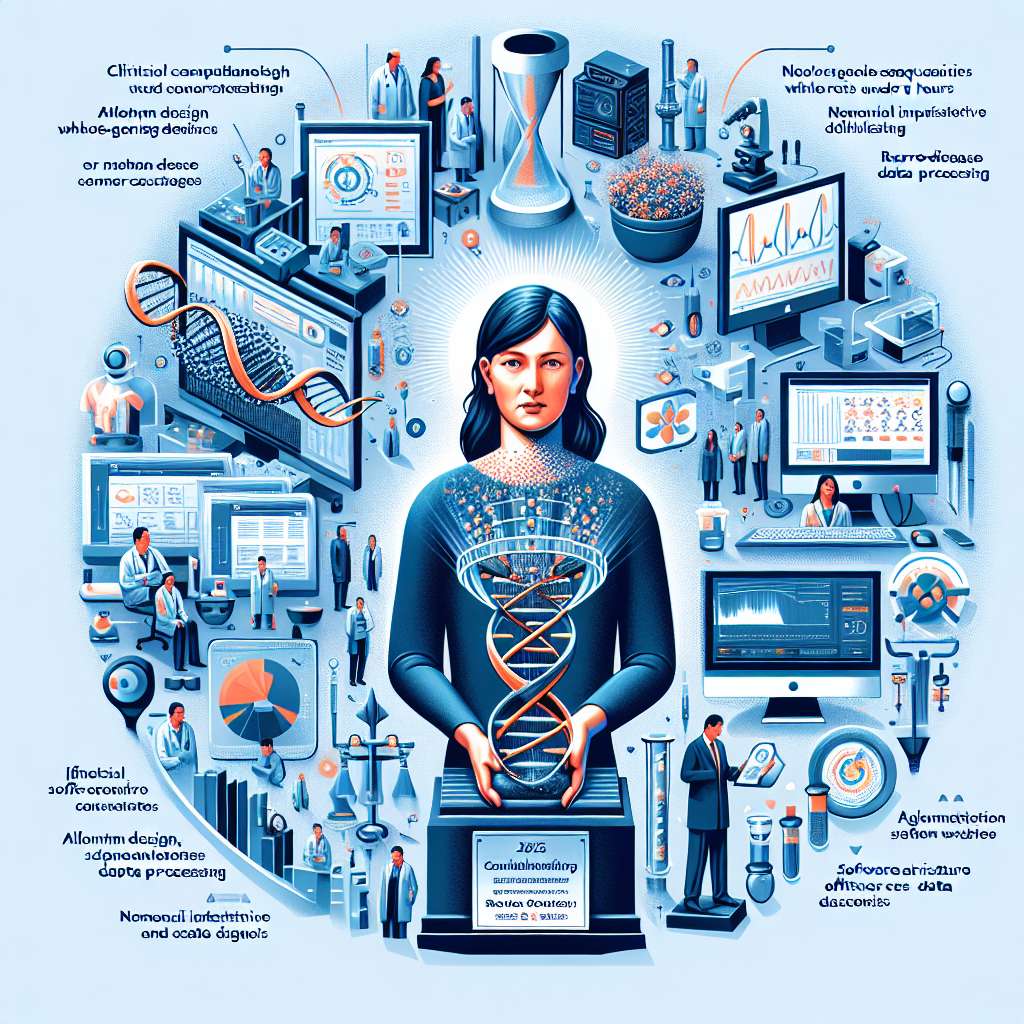
MIT Technology Review named Sneha Goenka its 2025 innovator of the year for designing the computations behind the world’s fastest whole-genome sequencing, enabling diagnoses in under eight hours. A recorded Roundtables session brings Goenka together with Leilani Battle and editor in chief Mat Honan.
